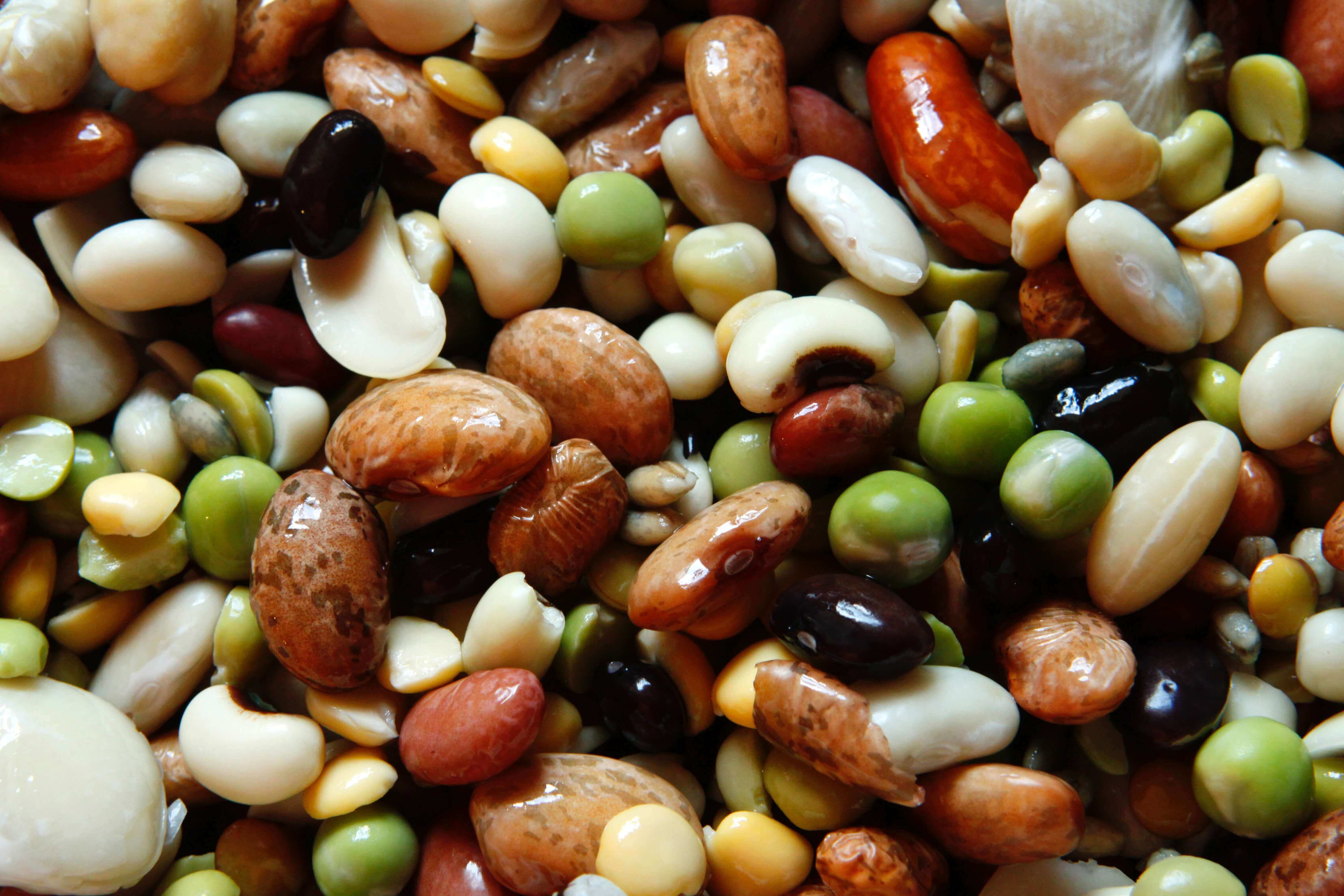
Inhaltsverzeichnis
The best vegetable iron sources
Iron is an essential nutrient and important for our body. But why? How much iron does our body need? And which plant-based foods have a high iron content? We'll introduce you to seven vegan sources of iron that you can include in your diet.
What does our body need iron for?
Iron is found in every cell in our body and is one of the most important trace elements. It binds oxygen in the red blood cells and is therefore essential for the Transport of oxygen throughout the body The liver, spleen, and bone marrow also contain iron stores that the body can draw on in the event of iron deficiency.
A distinction is made between heme iron and non-heme iron. Heme iron is particularly found in animal foods (especially meat). It can be absorbed by our body (up to three times) better than Non-heme ironBecause non-heme iron is found primarily in plants, it is important for non-meat eaters to know the best plant sources of iron.
Due to the varying absorption rates, iron deficiency is not uncommon, especially among vegetarians and vegans. Symptoms of iron deficiency include Fatigue, dizziness, drowsiness and pale skinThe best way to determine whether you are suffering from iron deficiency is to have a blood test.
How much iron should I consume?
The iron requirement of a person is not always the sameFactors such as age, gender, or current life stage influence the amount of iron our bodies need. For example, iron requirements are particularly high during growth, pregnancy, and breastfeeding.
Basically, healthy female adults recommended, daily 15 mg iron to supply. Men require slightly less iron, they are 10 mg recommended daily.
In the list of iron-containing foods below, I have provided both the amount of iron per 100 g and the amount needed to consume 15 mg of iron as guidelines. These values are taken from eisencheck.at.
By the way, there are some foods that Iron absorption in the body inhibit These include black tea, coffee, white flour products, and milk and dairy products. Foods that Support iron absorption are foods containing vitamin C (v.a. vegetables, fruit and fruit juices).
If you're looking to incorporate more iron-rich foods into your diet, or perhaps stop taking supplements, this list can help. It shows you where you're already getting iron and where you can add more iron-rich foods to your diet.
Vegan Iron sources
1. Soybeans
Even though soybeans aren't always popular, they're still a very healthy food. The legume is known to be a valuable source of plant protein. In addition to vitamins, soybeans also contain a lot of calcium and iron.Although soybeans originate from Asia, they have also been cultivated in Germany and the surrounding area for several years. Soybeans are particularly popular in the form of tofu, tempeh, or plant-based drinks and yogurts. When purchasing, pay attention to organic quality and regional origin.
100 g of soybeans contain approx. 9 mg Iron (consumption amount for 15 mg iron: 154 g soybeans).
2. Lentils
Every time I eat lentils, I think I should eat them more often. Like soybeans, lentils are rich in protein and nutrients like iron and vitamin K. Not only do they taste delicious, they're also incredibly versatile! In soup, as a side dish, in salads... Even lentil-based pasta is now available in most supermarkets!
100 g of lentils contain approximately 8 mg of iron (consumption amount for 15 mg of iron: 187 g of lentils).

Photo by James Sutton on Unsplash
3. Quinoa
Quinoa is equally versatile. Unlike conventional grains, quinoa contains no gluten and is therefore particularly suitable for allergy sufferers. In addition to iron, quinoa also contains protein and healthy fiber and is rich in essential amino acids. This pseudocereal can be used as a good alternative to rice and contains 8 mg of iron per 100 g. The recommended daily intake of quinoa for 15 mg of iron is also 187 g.
4. Pumpkin seeds
Another food that most of us probably don't "know" about. Yet pumpkin seeds are so versatile and easy to mix into a variety of dishes! They're especially good in salads, smoothies, and muesli. Pumpkin seeds also make a great topping for warm dishes, adding a nice crunch. Pumpkin seeds are rich in vitamins and provide magnesium, iron, zinc, and selenium. With 11.2 mg of iron per 100 g, pumpkin seeds are among the nuts/seeds with the highest iron content (consumption for 15 mg of iron: 170 g of pumpkin seeds).
5. Chickpeas
Chickpeas have practically become a staple food for me! Chickpeas are not only inexpensive and long-lasting, but also rich in nutrients. In addition to iron, they contain plenty of fiber, protein, calcium, and vitamin E. This means they're long-lastingly filling, strengthen bones, and prevent skin aging. Another reason chickpeas are always in my pantry is because they're incredibly versatile. My favorite way to make them is to use them as hummus! They're also perfect in stews, curries, or simply as a side dish.
100 g of dried chickpeas contain approximately 6.1 mg of iron (consumption amount for 15 mg of iron: 245 g of lentils).

Photo by Hermes Rivera on Unsplash
6. Millet flakes
Millet flakes aren't necessarily something you always have at home. But they're still worth the investment. They're reasonably priced at organic and health food stores and make a great addition to homemade muesli or a quick millet porridge. The flakes prevent hyperacidity and support healthy cholesterol levels. They're also naturally rich in iron (who would have thought? ;) ) and gluten-free!
100 g of millet flakes contain a full 9 mg of iron.The consumption amount for 15 mg of iron is therefore 160 g of millet flakes.
7. White beans
White beans are certainly more versatile than just using them in stews. Like other beans, white beans are high in protein. Besides iron, they're also rich in magnesium (which is good for muscles) and contain plenty of fiber, which aids digestion. White beans can be used in stews, soups, and salads, or as a side dish. You can also make delicious dips and spreads with them!
By the way, this type of bean is not the only one that contains iron. It is specifically listed here because it particularly contains a lot of iron – but beans are generally a good source of iron!
100 g of dried white beans contain approximately 7 mg of iron (consumption amount for 15 mg of iron: 215 g).
A word about spinach: It's often considered THE ultimate source of iron. But that's essentially just a myth. While spinach contains a fair amount of iron, it also contains other substances that inhibit iron absorption in the body. Therefore, other plant foods like lentils or beans are better sources of iron.
Did you enjoy this post? Do you have any comments, questions, or criticism? Then feel free to leave us a comment directly below this post! :)
If you would like to learn more about healthy eating, mindfulness or sustainability, take a look here over.

Photo by Tijana Drndarski on Unsplash






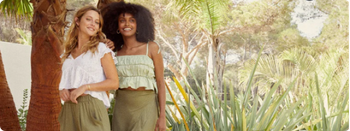
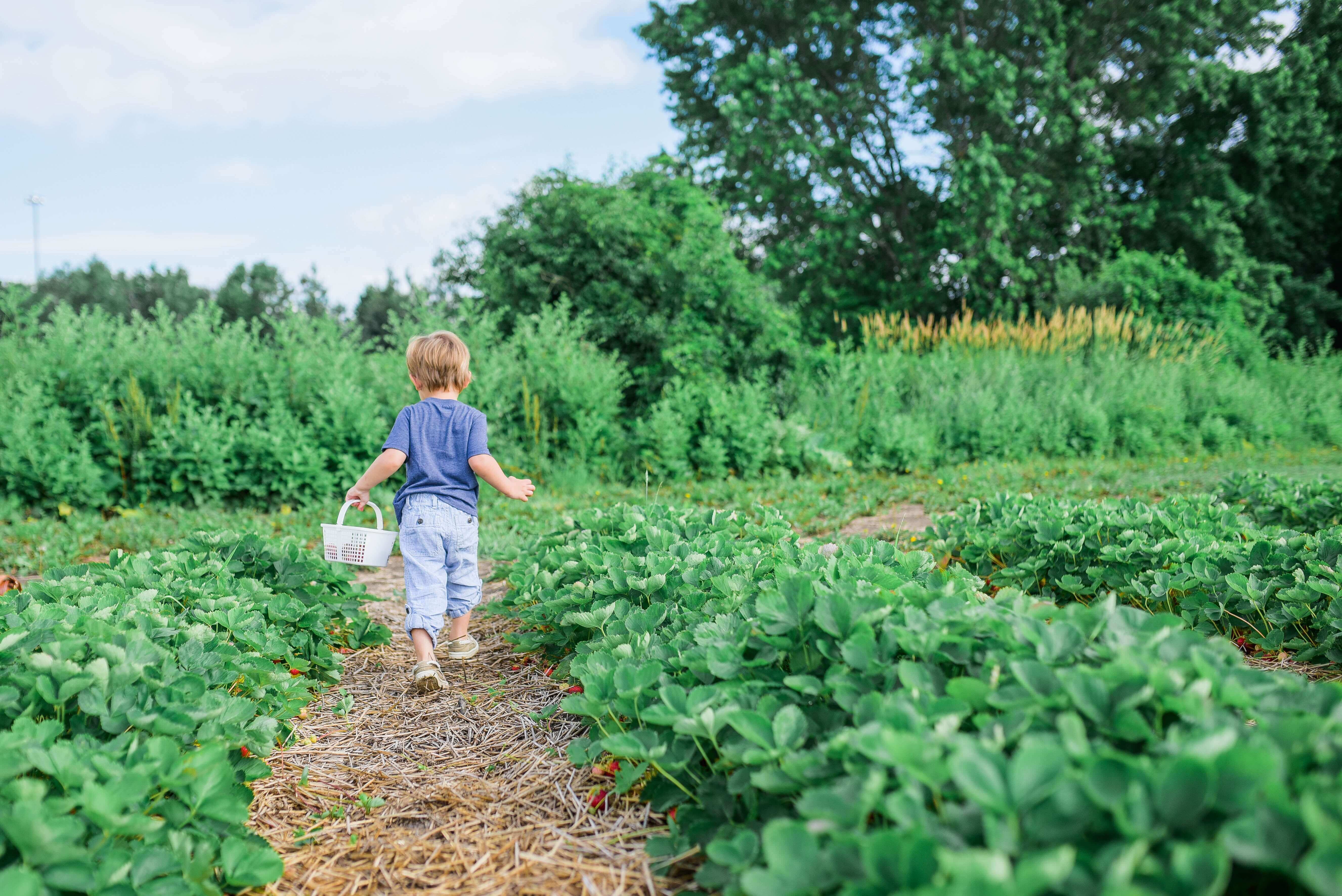
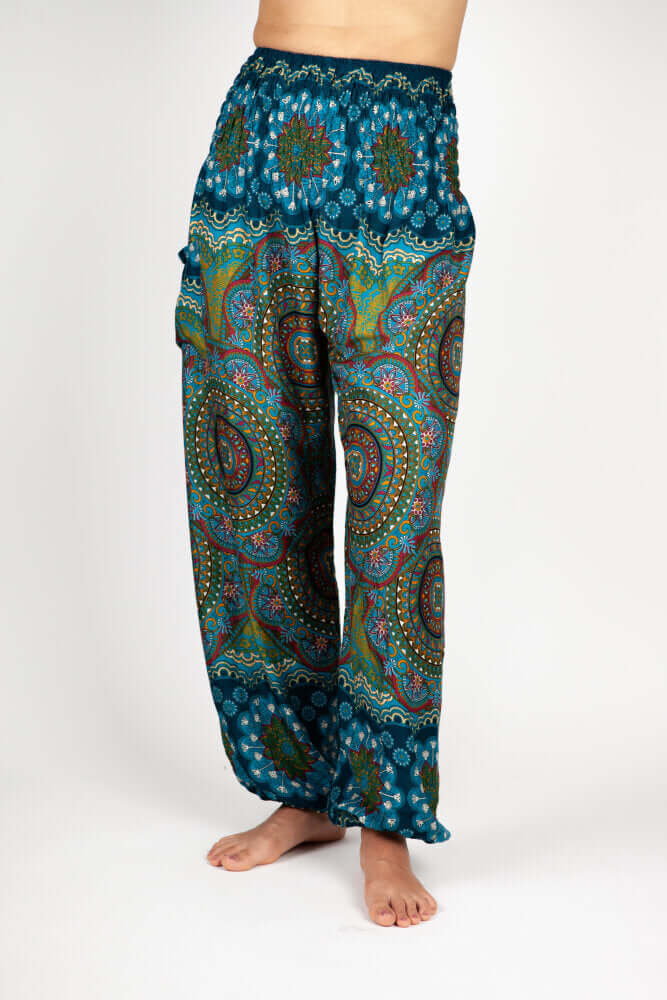

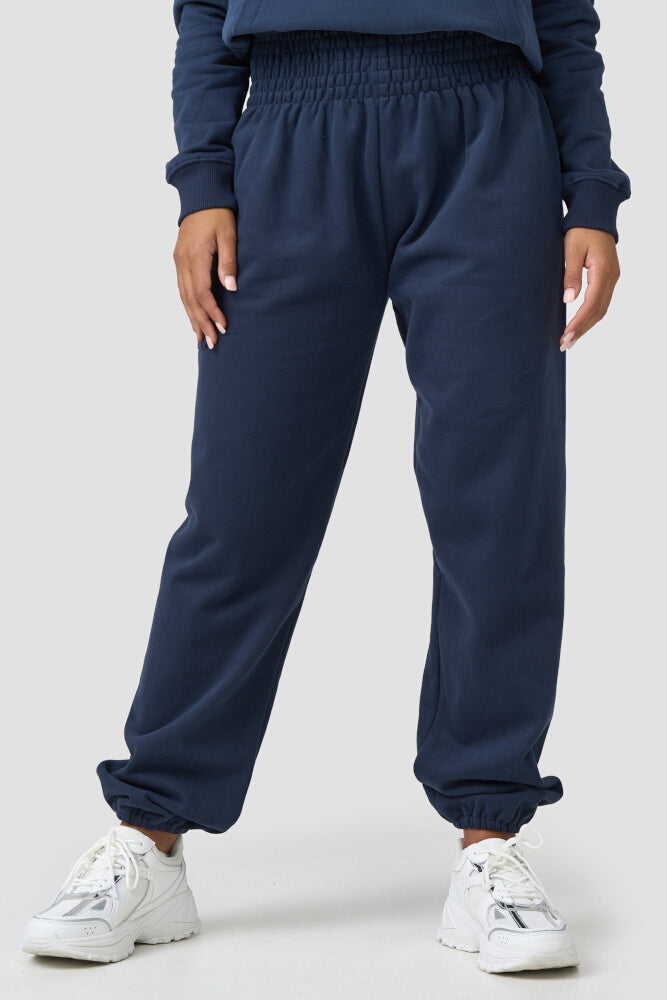

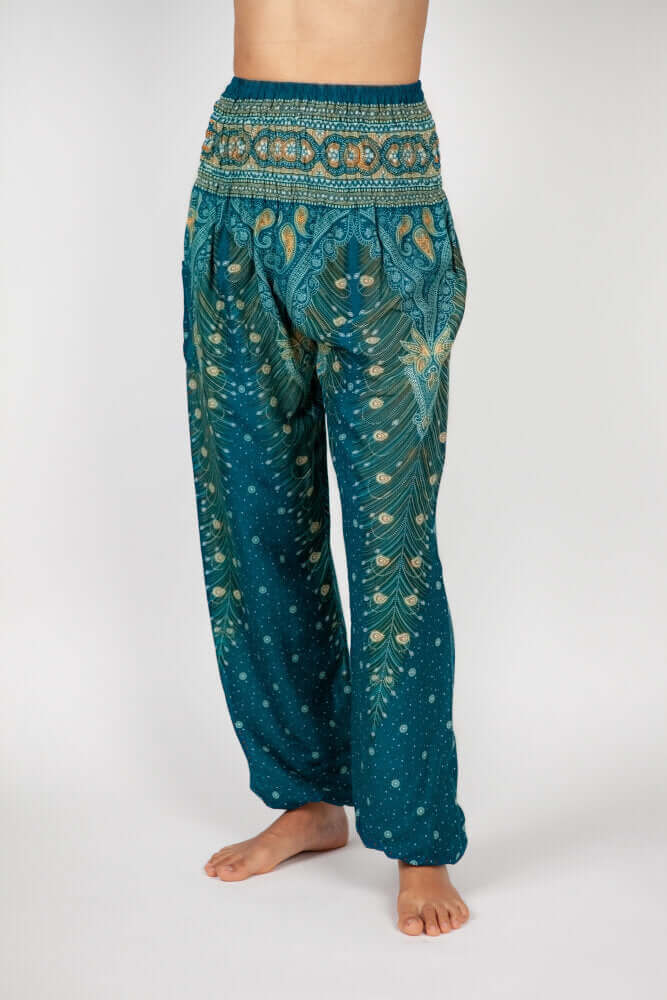

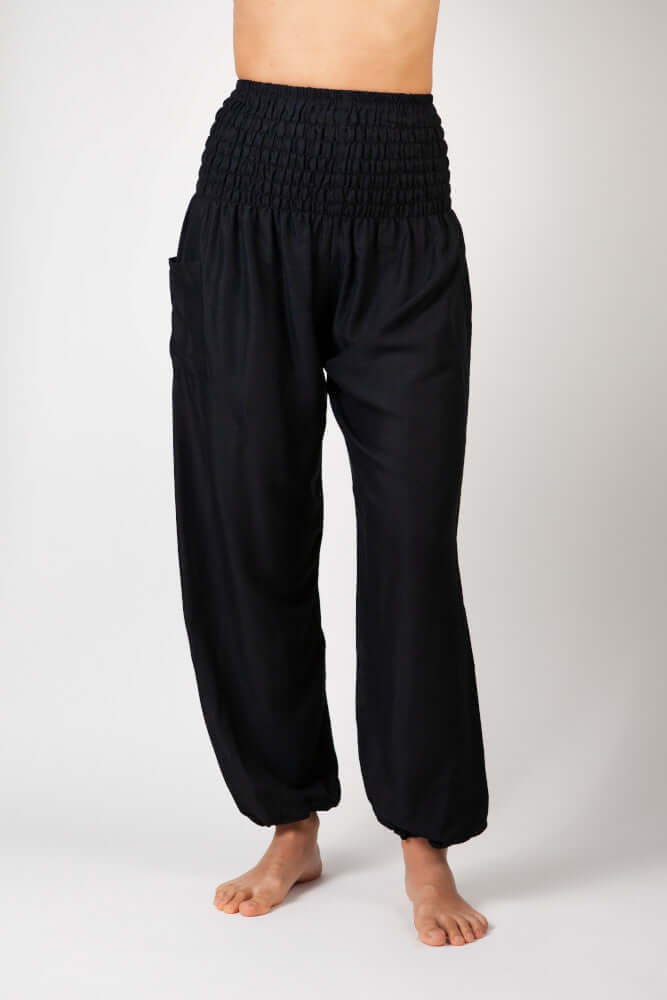
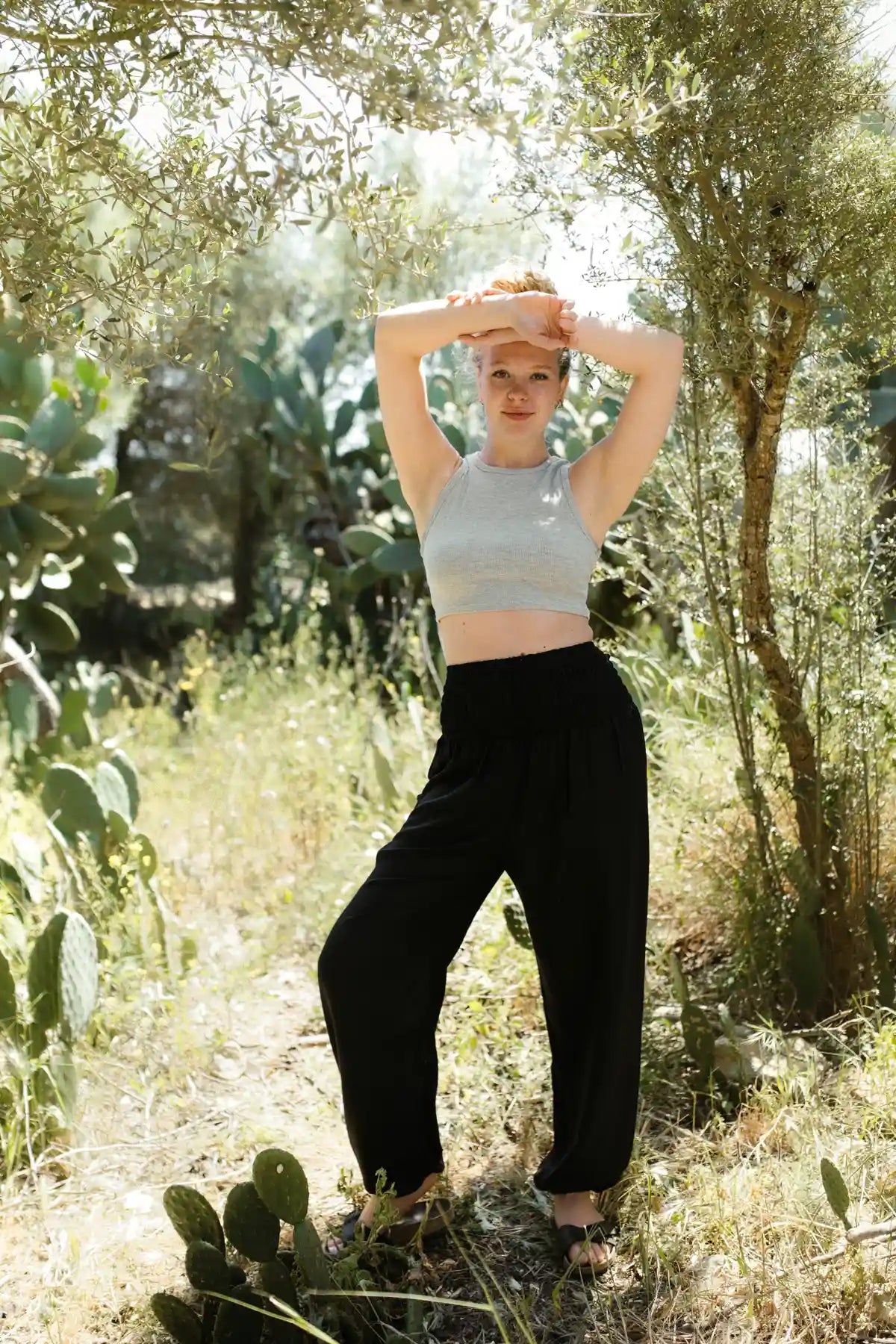
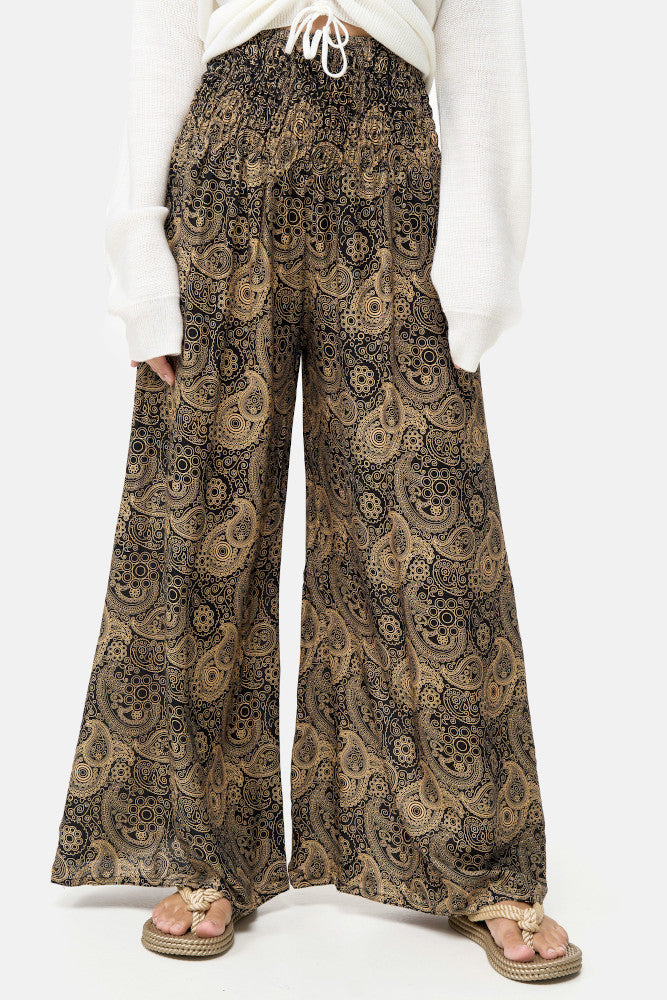
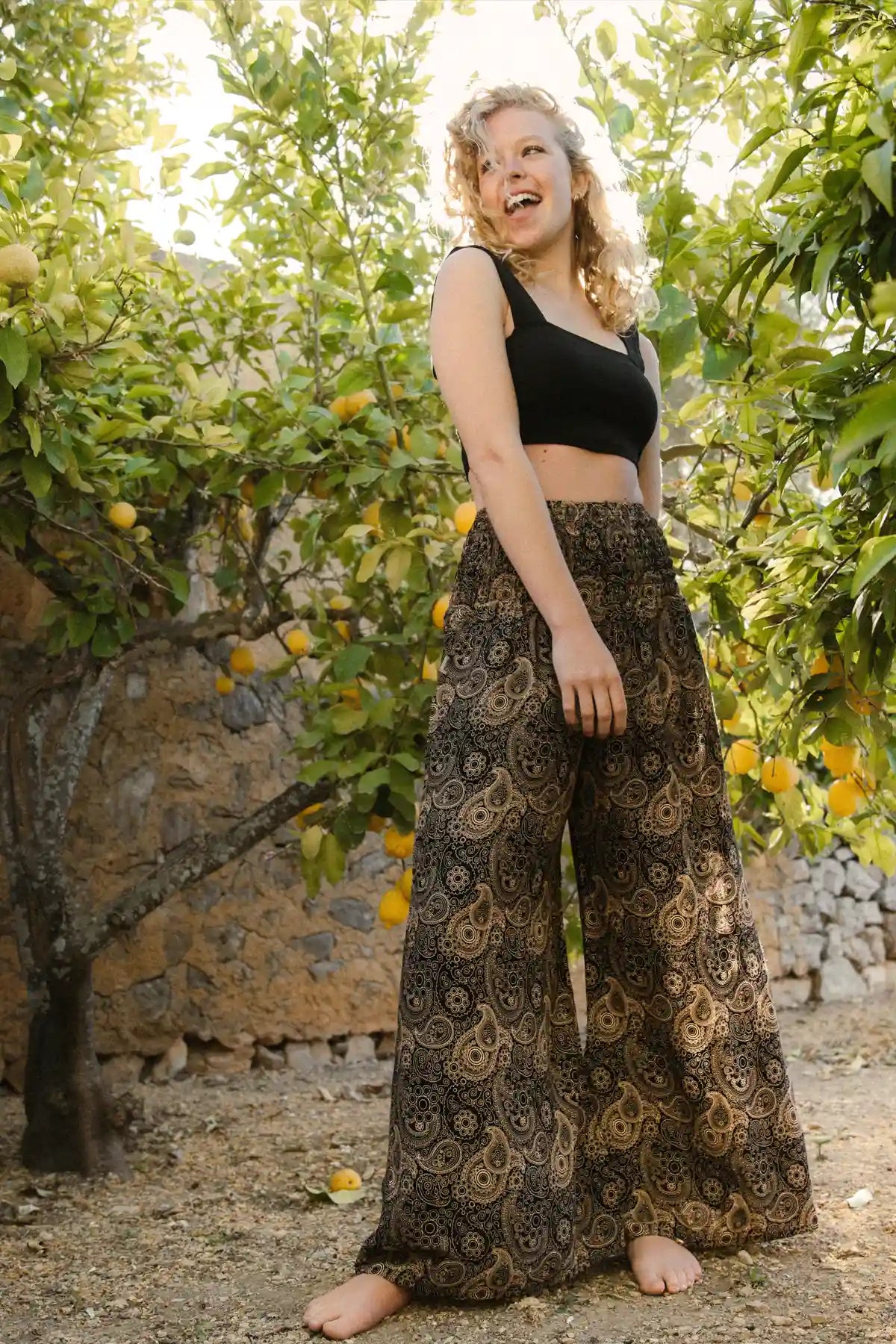
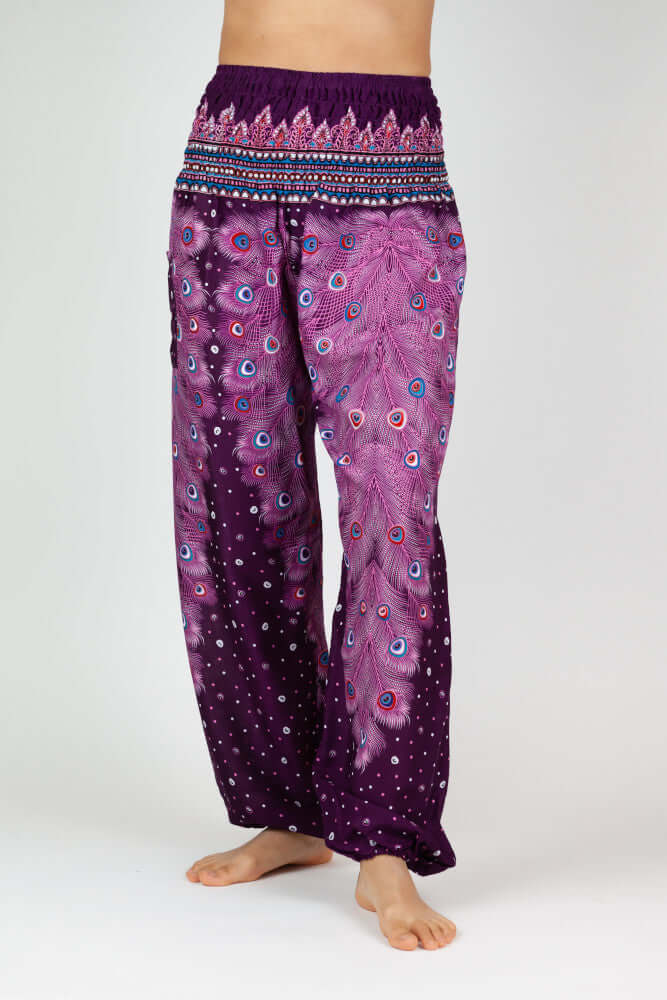
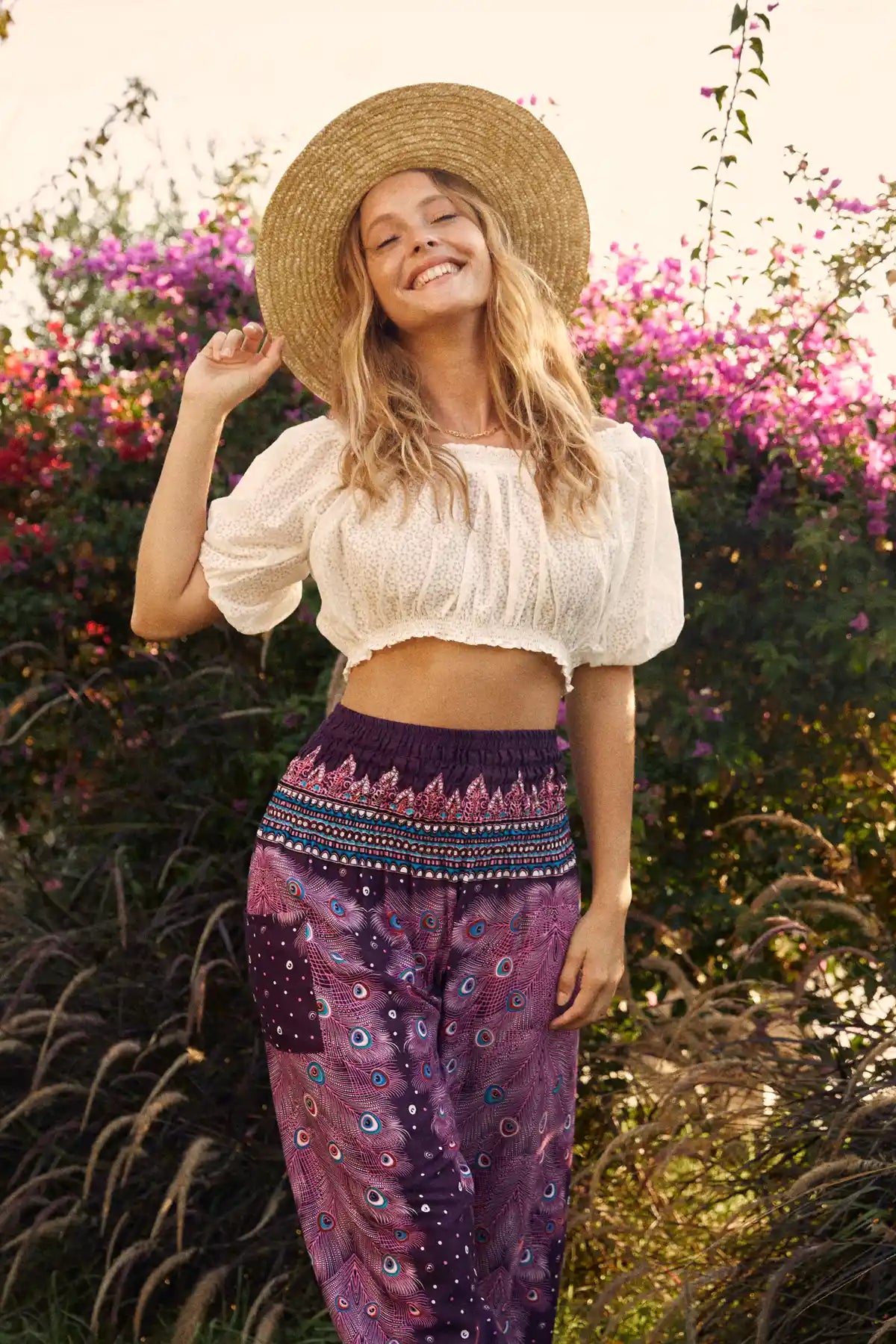
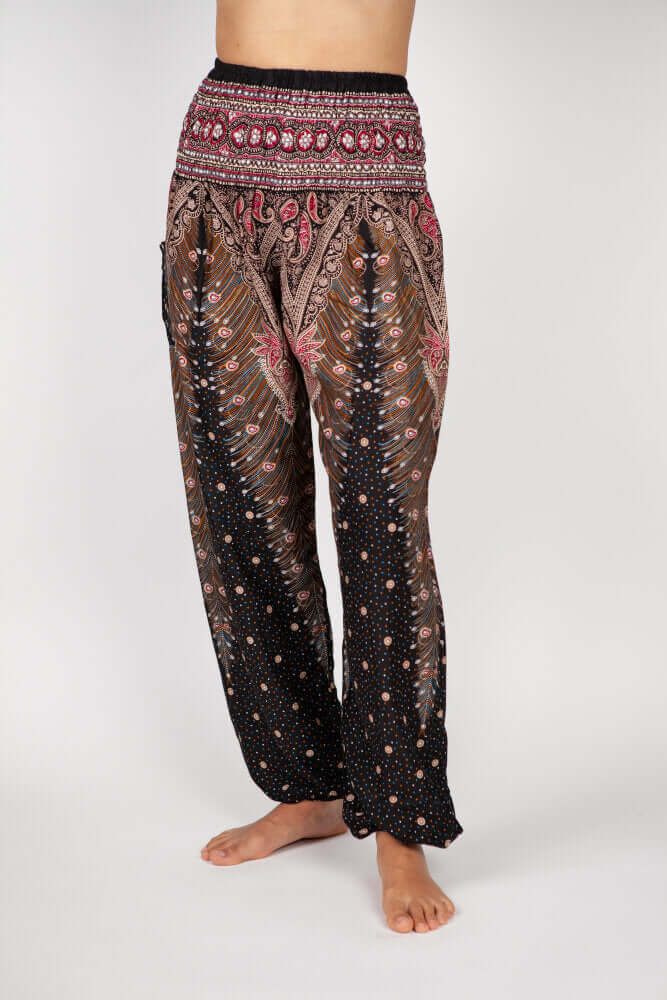
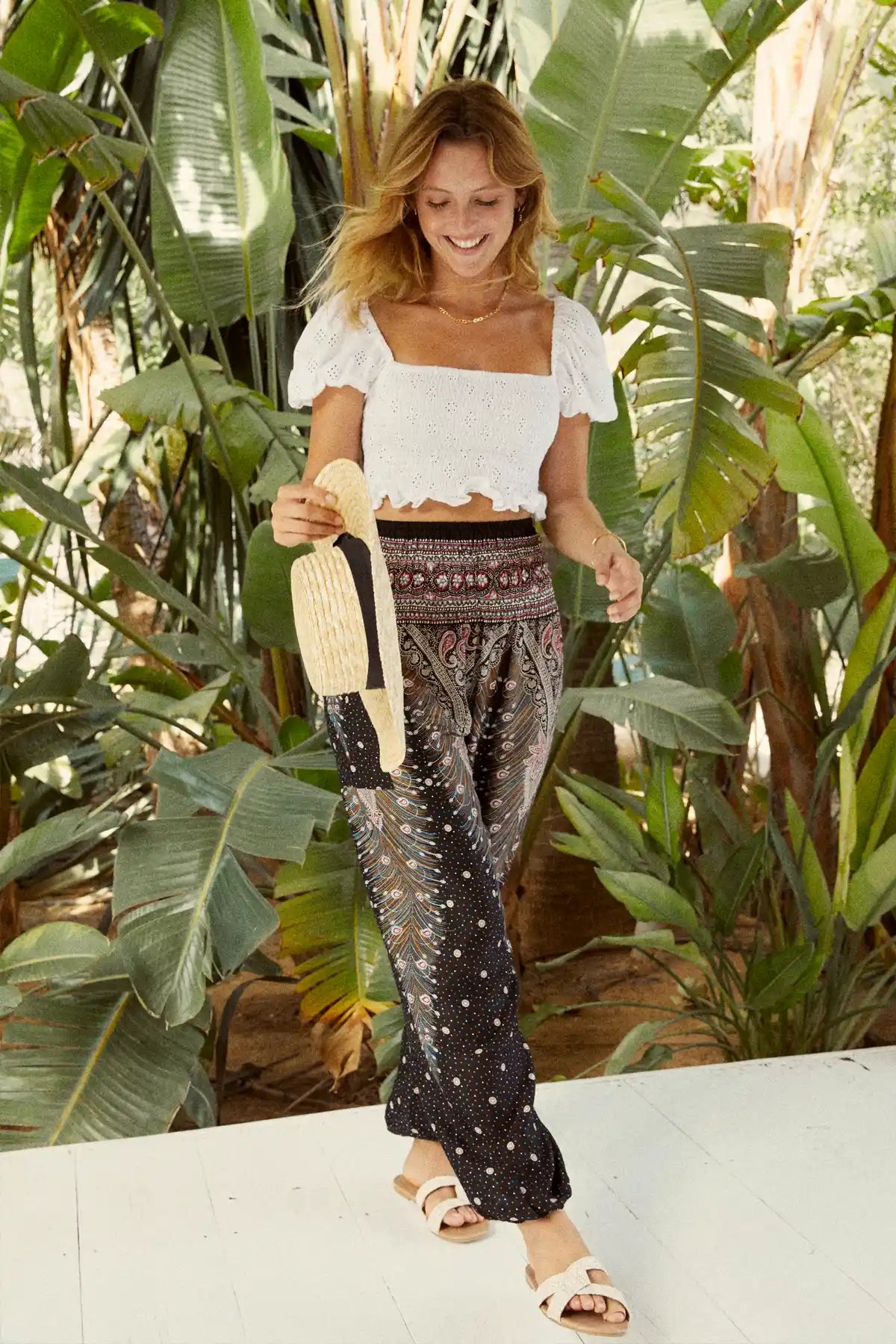
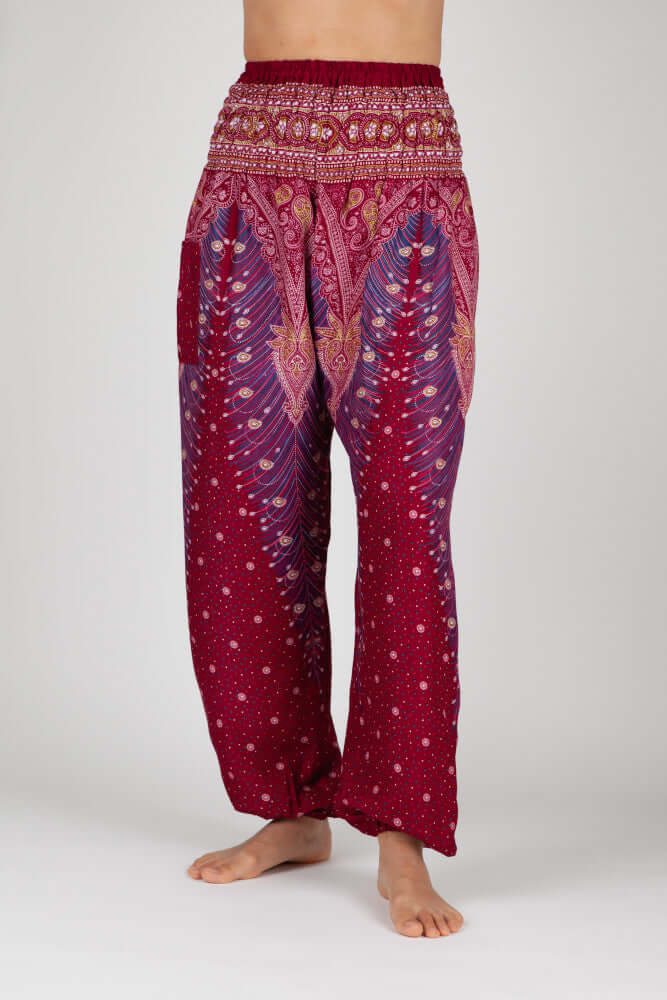
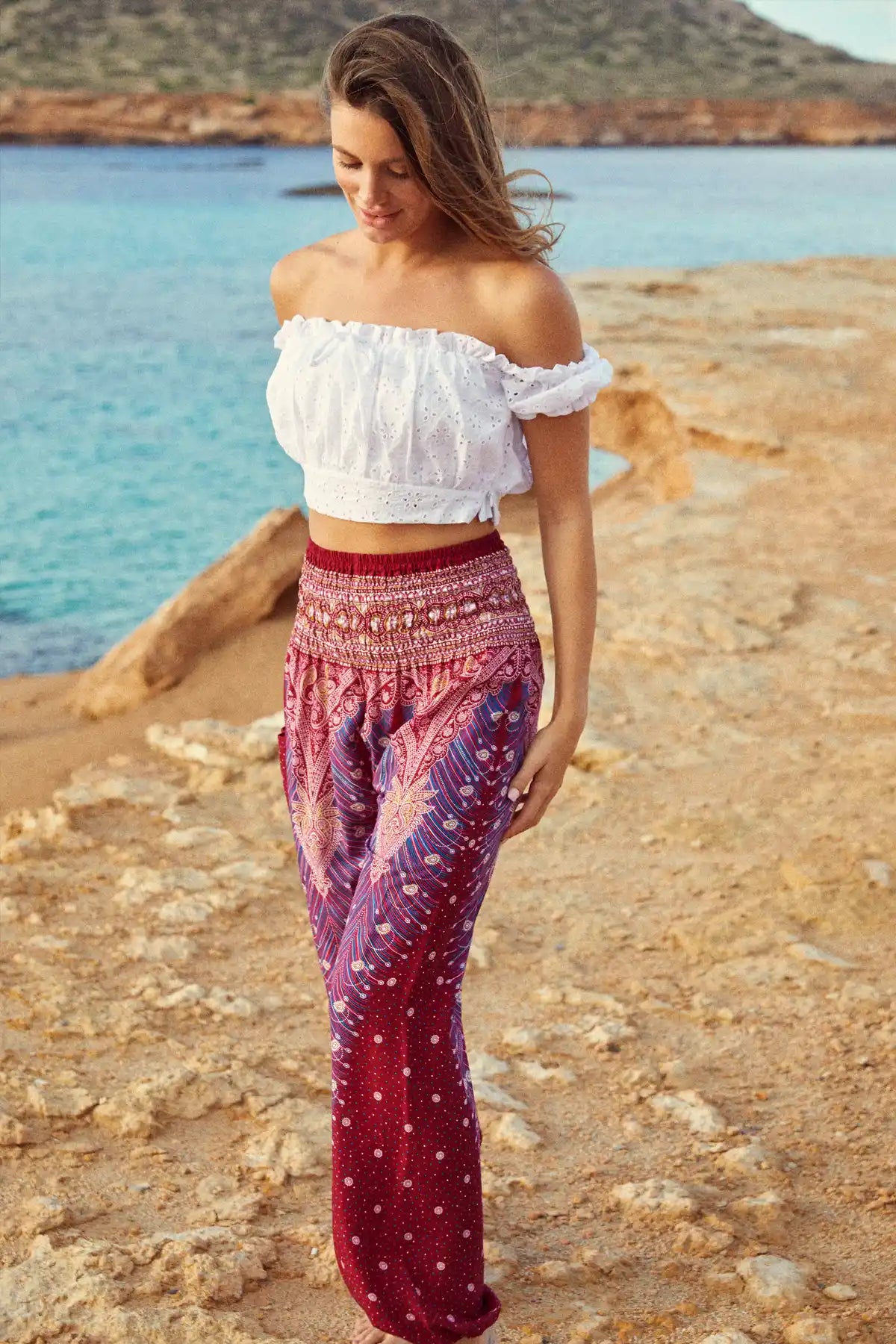
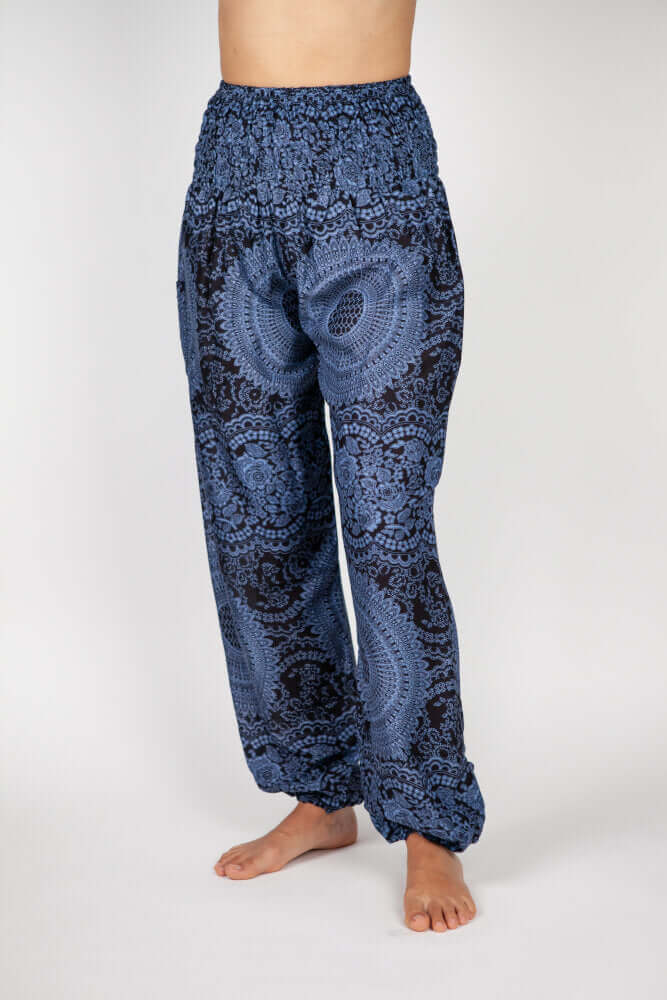

Leave a comment
This site is protected by hCaptcha and the hCaptcha Privacy Policy and Terms of Service apply.